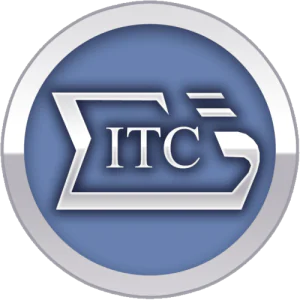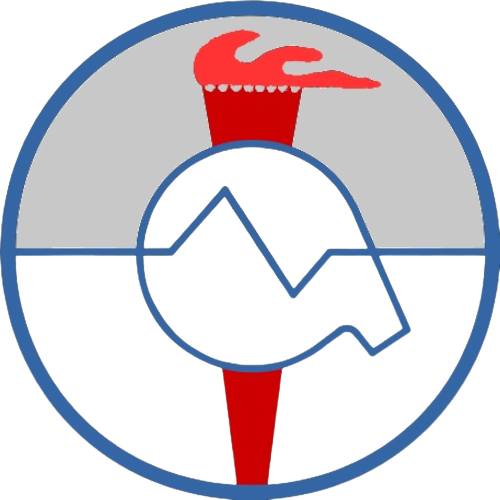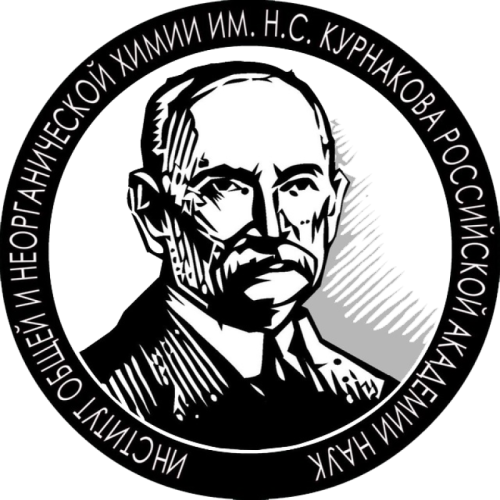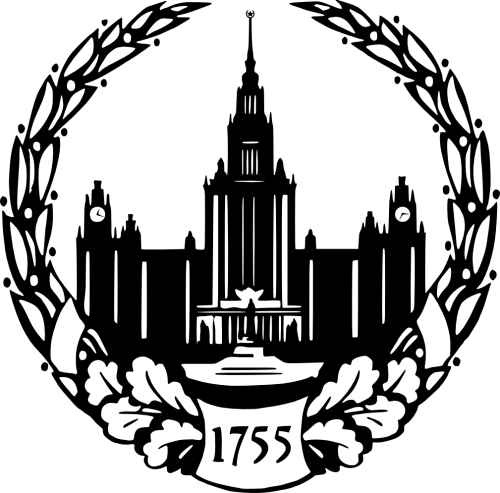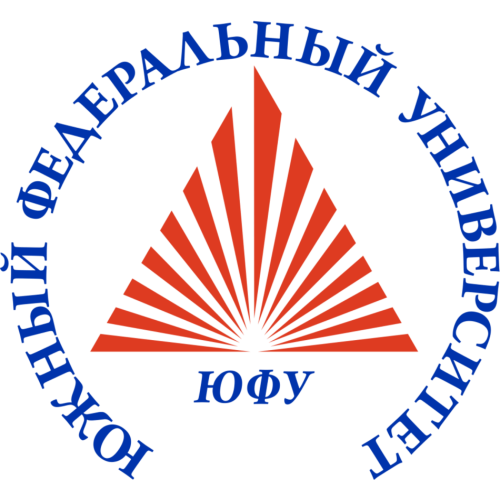Laboratory of Multi-spin coordination Compounds
Publications
362
Citations
4 326
h-index
30
Authorization required.
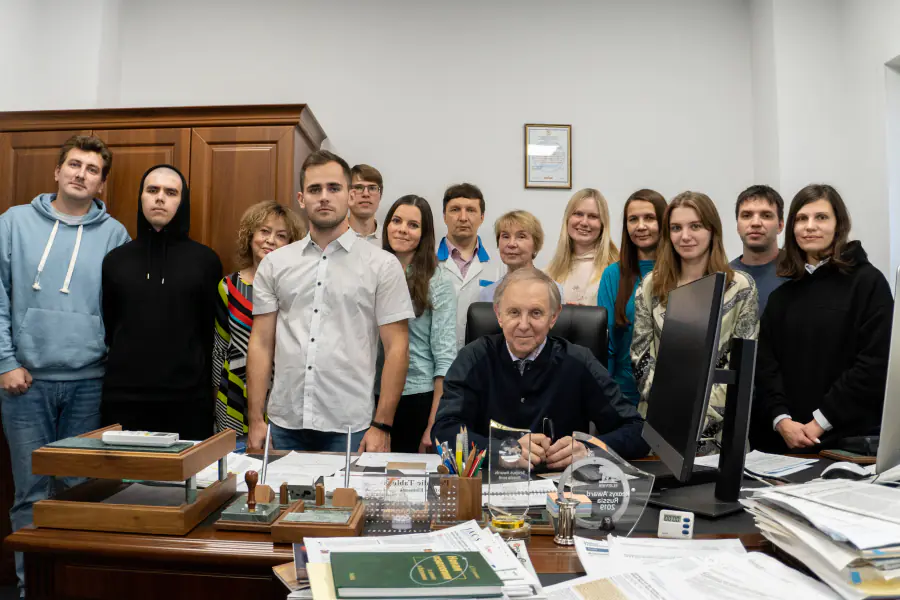
The main direction of the laboratory's scientific activity is the design of molecular magnets, including synthesis, establishment of the structure and investigation of the properties of magnetically active compounds. One of the approaches to the production of molecular magnets is based on the production of heterospin compounds based on transition metal complexes with stable organic paramagnetic ligands. Research areas in the laboratory of Multi-spin coordination compounds include:
- Development of methods for the production of functional organic radicals (organic chemistry);
- Synthesis of multinucleated transition metal compounds with organic dia- and paramagnetic ligands (inorganic chemistry);
- Investigation of the structure of magnetically active compounds by X-ray diffraction (XRD, XRD) methods (crystal chemistry);
- Magnetochemical study of magnetically active compounds and identification of magnetic-structural correlations (physical chemistry);
- Quantum chemical studies of exchange-related systems (physical chemistry);
- SQUID-magnetometry
- X-ray diffraction analysis
- X-ray phase analysis
- Differential Scanning Calorimetry (DSC)
- IR spectroscopy
Artem Bogomyakov
Head of Laboratory
Galina Romanenko
Principal researcher
Olga Kuznetsova
Senior Researcher

Sergey Fokin
Senior Researcher

Kseniya Maryunina
Senior Researcher

Svyatoslav Tolstikov
Senior Researcher

Natalia Artiukhova
Researcher

Irina Golomolzina
Researcher

Daryya Nigomedyyanova
Junior researcher
Platon Chernavin
Junior researcher

Gleb Letyagin
Junior researcher
DANIIL EFANOV
Junior researcher
Research directions
Spin conversion in heterospin exchange clusters as a source of phase transitions and mechanical motion in multispin complexes
+
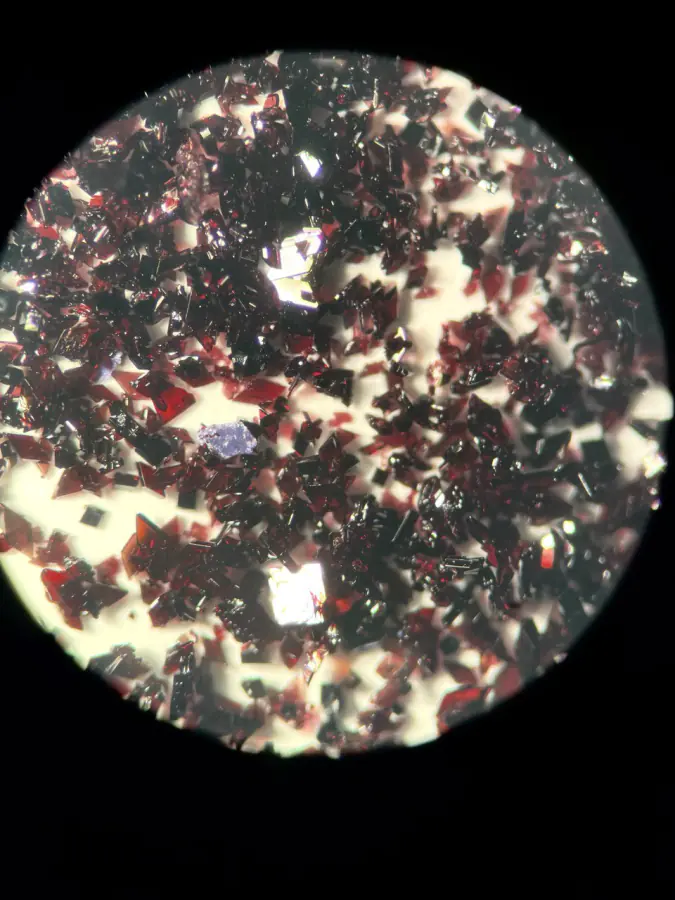
Nitroxyl radicals have found numerous applications as functional materials. They have become promising objects for organic spintronics, the development of memory devices, spin sensors, spin filters, gas separation of small paramagnetic molecules and are actively used in the creation of magnet-controlled micro- and nanorobots and contrast media. Nitroxyls are able to interact with transition metals, which serves as an effective way to obtain compounds containing heterospin exchange clusters. The inclusion of a Yang-Teller metal ion in this cluster, such as, for example, the Cu(2+) ion, makes it possible to purposefully obtain specific exchange clusters, singlet–triplet conversion within which is accompanied by a significant change in the distances between paramagnetic centers. It is important to note that the switching of spin states can be caused by external influences - changes in temperature and/or pressure, irradiation of the sample. This is the fundamental basis for the use of heterospin complexes as sensors for external influences. The change in the spin state within the heterospin clusters under discussion serves as a source of movement of paramagnetic centers at the microlevel, which often transforms into significant structural rearrangements of the entire crystal at the macrolevel. Recently, we have discovered that complexes of the Yang-Teller ion Cu(2+) with acyclic nitroxyls, which are a special group of organic paramagnets, are particularly susceptible to such phase transformations. These compounds, saturated with mobile organic fragments at the micro level, acquire increased elasticity at the macro level. As a result, phase transitions in the solid phase of heterospin complexes often proceed as a “single crystal–single crystal” transformation (Single Crystal to Single Crystal, SC-SC). This makes it possible to study in detail the structural dynamics of intracrystalline rearrangements initiated by external influences, which spin transitions are associated with, and to develop methods of controlled action on them. Since the processes of structural reorganization “single crystal–single crystal” are accompanied by a contrasting color change of the sample in the visible region, these multi-spin compounds will be proposed as optical indicators for external influences. Recently, we have been able to show that a different way of external action on a heterospin crystal can induce a different nature of its structural reorganization. For this reason, an important part of the project will be the comparison of the features of the structural dynamics of heterospin complexes both with temperature changes and with changes in external pressure. In the course of these studies, samples of reference compounds will be created for conducting magnetochemical studies at low hydrostatic pressures, which currently represent an area inaccessible for conducting magnetochemical measurements. Special attention will be paid to the detailed study of structural-magnetic correlations, description and explanation of magnetic anomalies occurring in previously unexplored multicenter exchange heterospin clusters, in which multidirectional measurement of distances between paramagnetic centers occurs simultaneously when an external stimulus changes: along one direction it increases, while along the other it decreases. The claimed range of research is original and has no analogues yet.
Publications and patents
Found
Nothing found, try to update filter.
Наталья Андреевна Артюхова, Галина Владиславовна Романенко, Елена Юрьевна Фурсова, Виктор Иванович Овчаренко
RU2642468C2,
2017
Сергей Викторович Фокин (RU), Сергей Викторович Фокин, Виктор Иванович Овчаренко (RU), Виктор Иванович Овчаренко
RU2433988C1,
2011
2023
—
2025
| Летягин Глеб Андреевич
2023
—
2025
| Романенко Галина Владиславовна
Lab address
г. Новосибирск, ул. Институтская, 3а
Authorization required.
